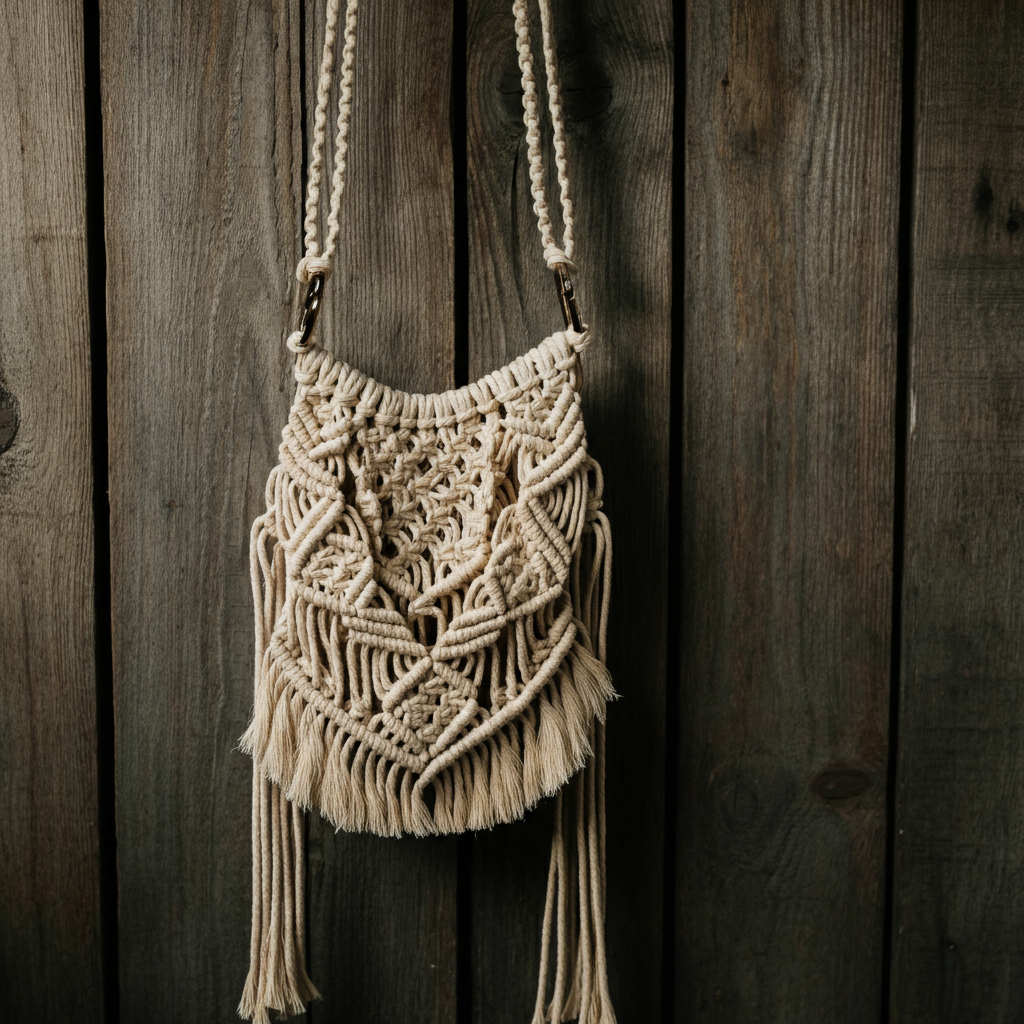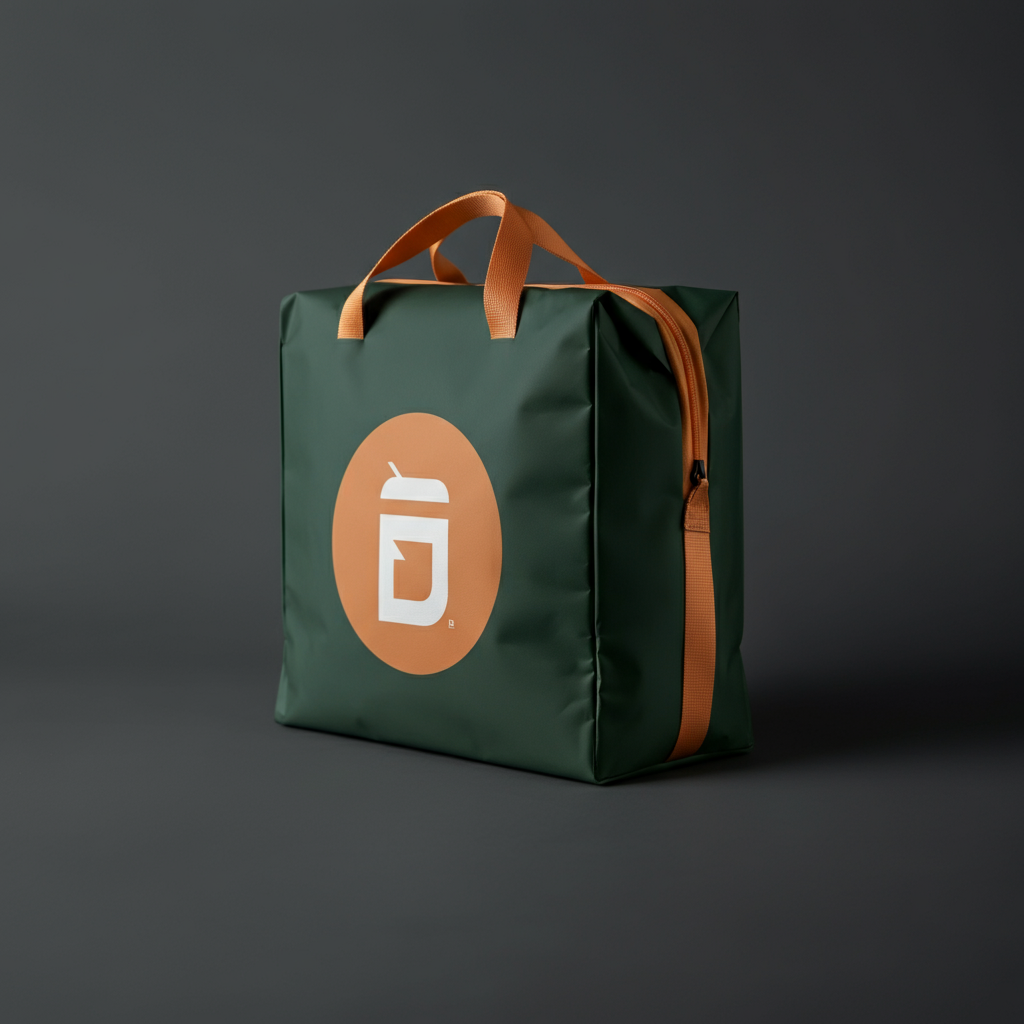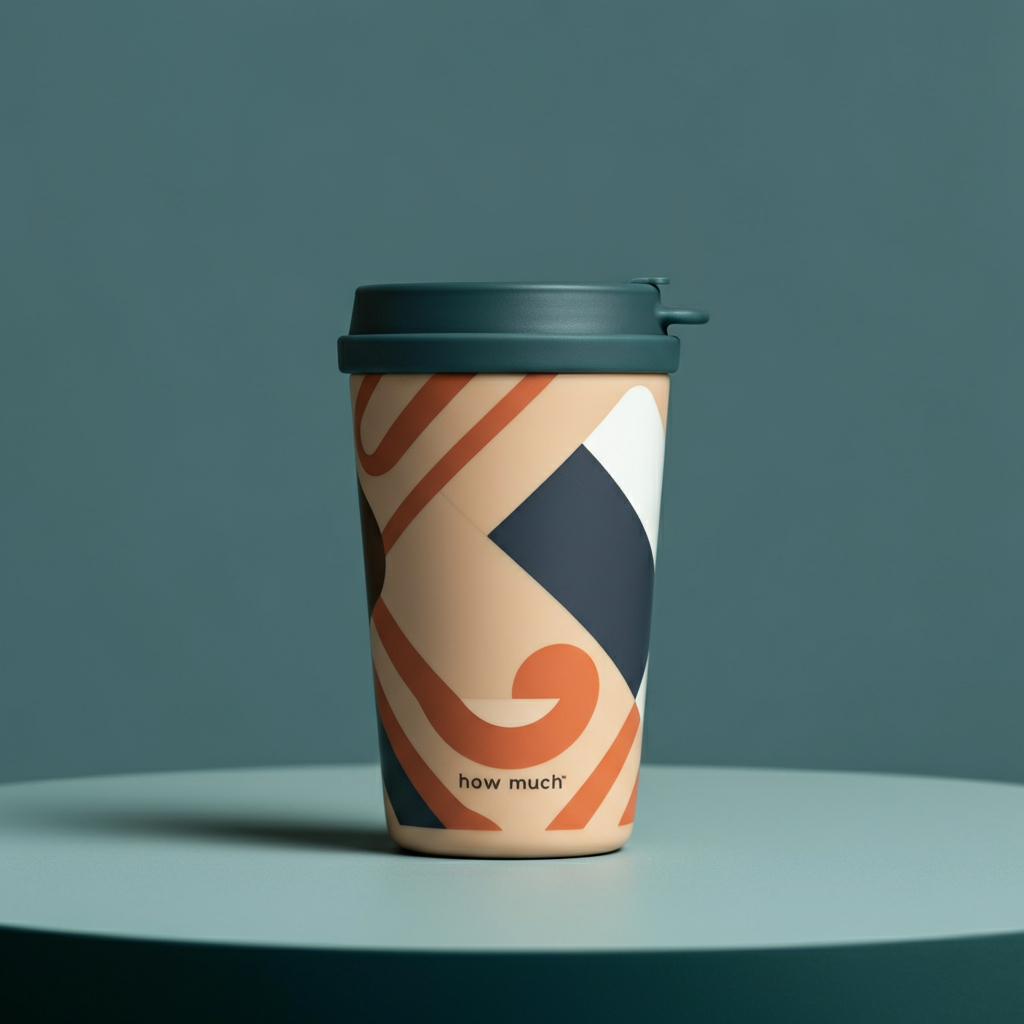In the world of jewelry design, where each piece is a testament to the designer's art and entwined with personal stories, creativity isn't just a luxury—it's a cornerstone. The ability to create innovative and unique pieces that resonate with audiences is what sets apart the great jewelers from the rest. However, unlocking that creativity can be a challenging task, akin to unearthing precious gems in the rough. This blog post will delve into the intricacies of cultivating creativity in the realm of jewelry design, offering practical techniques for idea generation that can spark the brilliance needed to craft outstanding pieces.
Understanding the Creative Process
The journey of creativity is not a linear one; it's a voyage marked by discovery, exploration, and transformation. For jewelry designers, this process is particularly fluid and personal, requiring both technical expertise and the cultivation of an expressive spirit. To harness creativity, understanding the stages of the creative process is essential.
The Four-Step Creative Model is a valuable framework that guides the creative process, which typically encompasses four key stages. Let's dive deeper into each stage:
Preparation: This initial stage involves immersing yourself in the problem or task at hand. If you're a jewelry designer, it may entail studying historical pieces, exploring various materials, and experimenting with different techniques. This groundwork lays the foundation for the creative journey ahead.
Incubation: The mind enters a seemingly dormant phase during incubation, where it grapples with the input gathered during the preparation stage. Often operating on a subconscious level, this period allows ideas to marinate and connections to form. It's important not to underestimate the power of taking breaks and allowing your mind to wander freely. These seemingly idle moments can unexpectedly lead to 'Eureka' moments of inspiration.
Illumination: The 'Aha' moment arrives in the illumination stage. It's that magical instant when an idea surfaces from the depths of your mind. This moment of clarity often feels spontaneous and unexplainable, representing the culmination of the preparation and incubation stages. For jewelry designers, it's the pivotal point when a design concept emerges, setting the course for the next phase.
Implementation: The final stage is where the idea takes shape and becomes tangible. For jewelry designers, this means translating the mental image into a physical form through meticulous crafting and continuous refinement. It's a process that involves transforming raw materials into stunning creations, bringing the initial idea to life.
By understanding and embracing these four stages, you not only gain a roadmap for your creative journey but also develop a deep appreciation for the nuances and intricacies of the creative process. Each stage contributes to your growth as an artist, enabling you to unleash your full creative potential.
Techniques for Idea Generation
To overcome creative block and increase the likelihood of creating original and innovative designs, a designer must learn and apply various idea generation techniques to their practice.
Brainstorming
One of the most popular and widely-used techniques, brainstorming involves the rapid generation of ideas without censorship. In a jewelry context, a designer could jot down every possible material or theme related to a project, without considering practicality or feasibility at the outset.
Tips for Effective Brainstorming
Set a time limit: Short, intense periods of brainstorming tend to yield better results.
Quantity over quality: The aim is to produce a high volume of ideas, which can then be sifted through for the best ones.
Encourage wild ideas: Sometimes, the most outlandish thoughts can lead to breakthroughs.
Build on others' ideas: Collaborative brainstorming sessions often lead to more innovative ideas.
Mind Mapping
A visual technique that starts with a central theme or idea and branches out into related concepts. In jewelry design, a mind map can connect elements such as gemstones, shapes, and colors to a central motif or theme, helping to organize and stimulate fresh associations.
Constructing a Mind Map for Jewelry Design
Begin with the broad, central concept of a piece.
Branch out into different areas like materials, potential wearers, or even emotional responses.
Use the map as a reference point during the design process to maintain coherence and fluidity.
SCAMPER Technique
SCAMPER is an acronym for Substitute, Combine, Adapt, Modify, Put to another use, Eliminate, and Rearrange. It provides a structured approach to modifying existing designs and materials, often leading to creative breakthroughs.
Applying SCAMPER to Jewelry Design
Select a piece of jewelry or element that you're working on.
Consider how you could substitute materials to create a different look or feel.
Look for ways to combine existing elements in unusual pairings.
Explore adapting a traditional piece for modern sensibilities.
Modify current trends to create a unique offering.
Think of new contexts in which your designs could be worn.
Eliminate unnecessary components that might clutter the design.
Rearrange the structure of the piece to challenge traditional aesthetics.
Role Playing
Transcend your own perceptions and assume the persona of either the wearer or the observer. This approach can lend a new perspective and help to tailor designs to fit a particular narrative or lifestyle.
The Role of Empathy in Jewelry Design
Imagine various personalities, each with specific tastes and preferences.
Visualize the designs from that individual's standpoint, considering how the piece would fit into their daily life or special occasions.
Use this exercise to add a layer of relatability to your designs, making them more appealing to a broader set of audiences.
Random Word Association
A simple technique that involves linking seemingly unrelated words or concepts. This can lead to innovative combinations and fresh ideas that may not have arisen through direct thought.
Example of Random Word Association in Jewelry
Pair words like 'ocean' and 'sunshine' to inspire a beach-themed collection.
Connect 'architecture' and 'floral' to create pieces that marry the precision of structure with the softness of nature.
Use 'nostalgia' and 'future' to give a modern spin to retro styles.
By incorporating these techniques into your daily design process, the path to innovation becomes clearer, and the inherent uniqueness in your designs can flourish.
Applying Techniques to Jewelry Design
To thoroughly understand how these techniques can be applied, let's examine how they might manifest in actual jewelry design scenarios.
Using Brainstorming to Innovate Materials
A jewelry designer looking to create a collection inspired by marine life might brainstorm various materials associated with the ocean: pearls for their iridescence, seashells for their texture, and coral for its branching structures. Once these materials are listed, the designer can begin to combine them in novel ways, such as encasing pearls in delicate coral pendants or setting seashells in rings with fine gold filigree to create a contrast of strength and fragility.
Mind Mapping for a Coherent Collection
A designer aiming to produce an autumnal line could begin with a mind map featuring the colors and natural elements of fall—orange, red, gold, leaves, and warmth. As the map expands, potential designs take shape, with leaf-shaped pendants, amber-hued gemstones, and cascade earrings evoking the falling foliage. This visual aid helps to maintain a thematic thread throughout the collection, ensuring it resonates with the season.
SCAMPERing an Existing Design
An existing design featuring a solitary diamond could be SCAMPERed by considering how to substitute the stone with different colored gems to create pieces for various occasions. The designer might eliminate the traditional setting and instead choose to reinterpret the design by arranging the gems in an avant-garde manner. This fresh perspective can put an entirely new spin on a classic design.
Role Playing to Enhance Connection
By assuming the role of a wearer preparing for her wedding day, a jewelry designer can infuse additional sentiment into the process. Visualizing the nervous excitement, the hope, and the joy, the designer crafts a bridal set that not only complements the gown but also captures the essence of the occasion. This piece is envisioned to shine for generations as a symbol of love, akin to the unbroken tradition it becomes a part of.
Harnessing Random Word Association for Elegance
For a designer seeking to imbue a series with an air of high-profile elegance, random word association might lead to pairing 'chandelier' with 'secret garden.' This mental leap could result in intricately designed chandelier earrings adorned with delicate floral motifs, evoking a sense of opulence and hidden beauty.
Embracing Technology in Jewelry Design
The fusion of technology with traditional craftsmanship is revolutionizing jewelry design, offering tools that can shape endless possibilities. Below are some notable technological aids that jewelry designers can incorporate into their creative workflow.
Drawing Inspiration with the iPad and Apple Pencil
Digital Sketching: The iPad, paired with the Apple Pencil, provides a portable and intuitive canvas. Designers can sketch intricate details with precision, benefiting from the device's sensitivity to pressure and tilt. Apps like Procreate and Adobe Fresco mimic the natural drawing experience while offering layers, blending modes, and a variety of artistic brushes.
3D Modeling: With applications such as Shapr3D or uMake, the iPad becomes a powerful tool for creating 3D renderings of jewelry pieces. Designers can manipulate their designs in a three-dimensional space, exploring forms and angles in ways that were previously confined to the imagination.
Apps for Visualization and Prototyping
Adobe Illustrator: This vector-based software can help designers to create precise and scalable designs that can be used for everything from branding to laser cutting stencils.
Rhino 3D: As a comprehensive 3D modeling software, Rhino 3D is a favorite amongst professional jewelry designers for creating complex and detailed designs suitable for 3D printing and casting.
SketchUp: With an easy-to-learn interface, SketchUp is excellent for designers who want to quickly visualize their concepts in 3D without the steep learning curve of more advanced modeling tools.
Enhancements with Additive Manufacturing
3D Printing: Transcending traditional limitations, 3D printing allows designers to produce tangible prototypes directly from their digital renderings. Whether through stereolithography (SLA) for high-fidelity prototypes or fused deposition modeling (FDM) for more robust models, 3D printers serve as a critical tool in materializing complex designs.
The adoption of these technological tools enables jewelry designers to expedite the creative process, from initial concept to finished product, while also providing a space to experiment and refine their designs with greater efficiency and innovation.
Overcoming Creative Blocks
Even with a wealth of techniques at your disposal, creative blocks are an inevitability. Embracing these periods of stagnation as part of the creative journey is the first step in mitigating them. Here are some additional methods to address creative stasis:
Embrace the Pause: Sometimes, it's necessary to step away from a design to allow ideas to form. Take a walk, visit a museum, or simply engage in a non-related activity. The mind needs rest to operate at full capacity.
Seek Inspiration: Inspiration can come from anywhere—nature, architecture, art, literature. Cultivate a space filled with diverse influences, and regularly expose yourself to new stimuli. One of the most dynamic ways to overcome a creative roadblock is to collaborate with others. Engaging with fellow designers, artists from different disciplines, or even friends can open up a world of new ideas. Exchange sketches, discuss concepts, and allow the diversity of thought to enhance your creative vision.
Cultivate a Creative Atmosphere: Organize your workspace to include items that inspire you. Fill it with colors, textures, and objects that spark creativity. It could be as simple as having a bulletin board with inspiring images or a playlist with music that sets the mood for design work. An environment that speaks to your senses can facilitate the flow of fresh ideas. Keep a journal or a digital notepad with you at all times. Record thoughts, doodles, or observations that intrigue you. This habit not only helps to capture fleeting inspiration but also serves as a resource you can revisit when searching for new ideas. Challenge yourself to step outside your familiar boundaries. Trying new experiences, whether it's a cuisine, a genre of books, or a different art form, can dramatically expand your pool of ideas and stimulate innovation in your jewelry designs. Keep a sketchbook or digital journal with you at all times. Record ideas as they come, however fragmented they may seem. These scraps of thought can be pieced together during brainstorming sessions. Engage with other designers or professionals from different backgrounds. Seek feedback and be open to alternate perspectives. Collaboration can often jolt the creative process back to life. Rituals and routines can signal to your brain that it's time to create. These can be as simple as lighting a candle or listening to a particular type of music. Consistent behavioral queues can help trigger the creative mindset.
Conclusion
Creativity is not a finite resource; it's a wellspring that, when tapped into, can yield an abundance of unique designs and concepts. By integrating the outlined techniques into your practice, you'll find that ideation becomes second nature. As you experiment and refine these tools, remember that the most ingenious designs are often born from the most unconventional processes.
Jewelry crafting is an art that relies on the marriage of tradition and innovation. With these approaches, designers can infuse their work with the spirit of discovery, continually pushing the boundaries of what jewelry can be. So go forth, unlock your creativity, and let it adorn the world with beauty and wonder.




